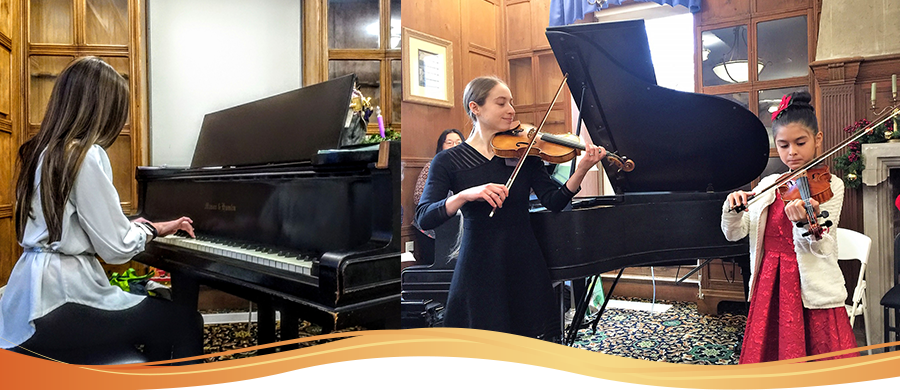Cellist age 16 plays Bourrées I & II from Bach Solo Suite #3 in C
More old-fashioned dance music today, but unlike a Minuet, a Bourrée (pronounced "boo-ray") is in duple time (ONE two, ONE two) – similar to a Gavotte. Still, like our Minuet and Trio on Day 36, this set of two Bourrées is again made on an overall A B A pattern.
Why is this such a common musical form? It's because it's satisfying: after you hear the A, then the B in contrast, returning to the A gives a feeling of “coming home”, and also provides a simple sense of symmetry. That’s true in very small pieces like Twinkle, in dance sets like this one – and even often in big symphonies by composers such as Beethoven. Teaching students to hear and understand this in the music they're playing helps them to appreciate all music more deeply.
The music of Bach’s six unaccompanied cello/viola suites is some of the most beautiful there is to play, and gives musicians both a musical and technical workout. It’s always exciting for us as teachers when student reach the milestone of being ready to discover them!



